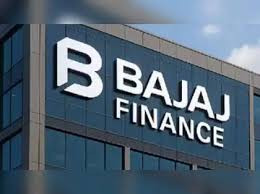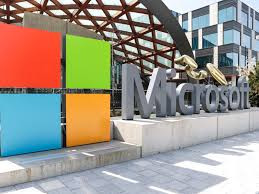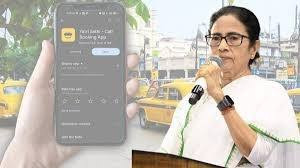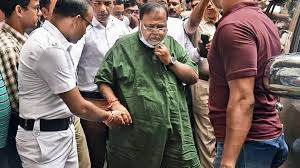Modi Govt's Push to Take Indian Rupee Global Gets Off to a Slow Start
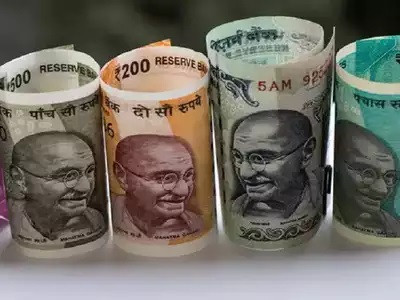
July 07, 2023 : The Indian government has been trying to promote the Indian rupee as a global currency, but so far the efforts have been met with limited success. The rupee is still a relatively small currency, and it is not widely used in international trade.The government's efforts to internationalize the rupee began in 2018, when the Reserve Bank of India (RBI) allowed banks to settle trades in rupees with other banks in 18 countries. The RBI also started a program to encourage foreign investors to hold rupees in their portfolios.
However, the rupee has not made much progress in becoming a global currency. In 2022, the rupee accounted for only about 0.2% of global foreign exchange reserves. This is a far cry from the dollar, which accounts for about 60% of global foreign exchange reserves.There are a number of reasons why the rupee has not become more popular as a global currency. One reason is that India's economy is not as open as some other countries. This means that there is less demand for rupees from foreign investors.
Another reason is that the rupee is not as stable as some other currencies. This makes it a less attractive option for investors who are looking for a safe haven currency.
The government has a number of challenges to overcome if it wants to make the rupee a more popular global currency. It needs to open up the Indian economy to more foreign investment, and it needs to make the rupee more stable.
It is also important to address the perception that the rupee is a risky currency. This perception is due in part to India's history of high inflation. The government needs to take steps to reduce inflation and to improve the country's economic fundamentals.
If the government can overcome these challenges, the rupee has the potential to become a more popular global currency. However, it will take time and effort to achieve this goal.
What are the implications of the slow progress in internationalizing the rupee?
The slow progress in internationalizing the rupee has a number of implications for the Indian economy. First, it means that the country is less integrated into the global financial system. This can make it more difficult for India to attract foreign investment and to access international capital markets.
Second, the slow progress in internationalizing the rupee means that India is more vulnerable to currency shocks. If the rupee were to depreciate sharply, it could have a significant impact on the Indian economy.
Third, the slow progress in internationalizing the rupee means that India is less able to use the rupee as a tool of economic policy. For example, the government cannot use the rupee to devalue its currency in order to boost exports.
What can the government do to promote the internationalization of the rupee?
The government can do a number of things to promote the internationalization of the rupee. First, it can continue to open up the Indian economy to more foreign investment. This will increase the demand for rupees from foreign investors.
Second, the government can make the rupee more stable. This can be done by reducing inflation and by improving the country's economic fundamentals.
Third, the government can address the perception that the rupee is a risky currency. This can be done by improving the country's financial system and by strengthening the regulatory framework.
The government also needs to work with other countries to promote the use of the rupee in international trade and investment. This can be done by signing currency swap agreements with other countries and by encouraging banks to offer rupee-denominated products.
The internationalization of the rupee is a long-term goal. However, if the government takes the right steps, it can make the rupee a more popular global currency.
You might also like!


